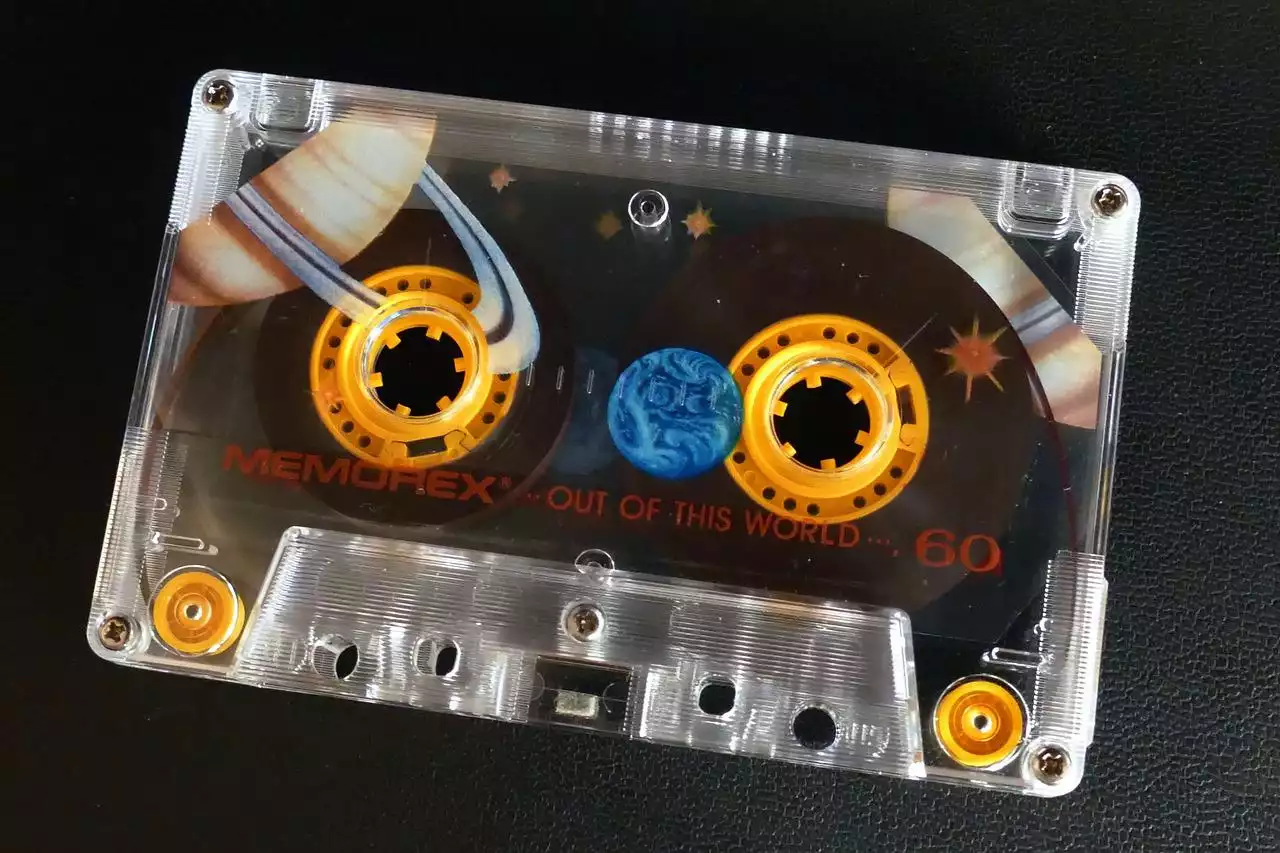The digital music revolution has changed how we listen to music. In addition to vinyl, CDs, and other physical formats, users can now download their favorite tracks and albums from streaming services, online stores, and social media sites. Digital music files are not only more convenient than physical formats but they are also more accessible. Even though the vinyl revival continues to grow, with sales of records increasing each year, the demand for digital music files is growing even faster. In fact, digital music is now the most popular way to listen to tunes. Here’s a brief look at how the rise of digital music has impacted vinyl, CDs, and other physical formats of music as well as the artists who create them.
The Vinyl Revival
A decade ago, most people assumed vinyl records were a dying format. Digital music downloads were taking over – and vinyl records seemed like relics from a bygone era. But then something happened. Vinyl sales began to increase, and the revival shows no signs of abating. In fact, sales grew by 17% in 2017 alone. Why did vinyl records make a comeback when seemingly everyone had moved on to digital formats? There are a few factors at play:
- Nostalgia: People who grew up listening to vinyl feel an emotional connection to the format. A vinyl record is a tangible item that you can hold in your hands. It is a reminder that music is more than just a digital file it is a creative art form.
- Sound: Vinyl records also produce a different sound than digital formats. The sound is richer, warmer, and more dynamic with less distortion and a wider frequency range.
- Collectability: Vinyl records are collectible items. Many people enjoy adding rare records to their collections and the hunt for rare vinyl is a hobby in itself. Collecting vinyl is not only about the music, it is a lifestyle choice.
- New Artists: The vinyl revival has attracted a new generation of fans and collectors. These fans are discovering and collecting vinyl for the first time, and many new artists are now getting their music pressed to vinyl.
Physical Music Sales
Despite the vinyl revival, physical sales of music are declining. In fact, physical music sales are now a fraction of what they used to be, and they are expected to continue falling in the years to come. Physical sales of music include vinyl, CDs, and cassettes. Vinyl records have seen a dramatic comeback in recent years and remain a niche but steady source of revenue. CD sales have declined steadily since their peak in the late ‘90s, and cassettes have mostly been a niche source of revenue since the ‘80s. Overall, physical sales of music are declining and are expected to generate roughly $5 billion in revenue in 2019 compared to more than $40 billion in revenue from digital music sales. Physical sales of music will likely continue to decline in the years to come and are not expected to exceed $10 billion in revenue.
CDs and CD Players
The CD was once the dominant format for music. In the ‘80s and ‘90s, millions of people listened to their favorite tracks on the CD. But CDs are a dying format, and sales dropped by roughly one-third between 2017 and 2018. Many people still own CD players, but most people listen to music from digital files stored on their computers and smart devices. Because CD players are not as common as they once were, many people have switched to digital music but CD sales are declining nonetheless. The CD was once the dominant format for music. In the ‘80s and ‘90s, millions of people listened to their favorite tracks on the CD. But CDs are a dying format, and sales dropped by roughly one-third between 2017 and 2018.
Digital Music Purchases
Digital music sales are the primary revenue source for the music industry. Overall, digital music sales have been growing and are expected to reach roughly $43 billion in revenue in 2019. Digital music is a broad category that includes music streaming, downloads, and other types of revenue that artists earn from their music. Digital music includes paid subscription services like Spotify, paid download stores like Google Play, Apple Music, and Amazon Music, and ad-supported streaming services like SoundCloud and YouTube. While most people listen to music for free, those who pay for music subscriptions generate significant revenue for artists and record labels. Music streaming services alone are expected to generate $30 billion in revenue in 2019. Download stores generate another $7 billion in revenue, and paid subscription services generate $14 billion in revenue for the music industry. Digital music has become the dominant format for consuming music, but it is also the format that is driving the decline of physical formats like CDs and vinyl records.
Conclusion
The digital music revolution has been a transformative period in the history of music. Digital music has changed how we listen to music and how we consume music – and it has also changed the way music is created. Digital music has led to fewer physical music sales, but it has also allowed artists to earn more revenue from the sale of their music.


 Israel's Eurovision Dilemma Deepens as Second Song Gets Rejected
Israel's Eurovision Dilemma Deepens as Second Song Gets Rejected Unforgettable Musical Reunion: Jon Bon Jovi and Bruce Springsteen
Unforgettable Musical Reunion: Jon Bon Jovi and Bruce Springsteen
 The Career of Domenico Mario Assunto Dolce
The Career of Domenico Mario Assunto Dolce The way we listen to Music has Changed with Technology
The way we listen to Music has Changed with Technology The Cassette Recorder was the Technology to allow us to record our own Music
The Cassette Recorder was the Technology to allow us to record our own Music Radio gave us Hours of Entertainment before TV
Radio gave us Hours of Entertainment before TV